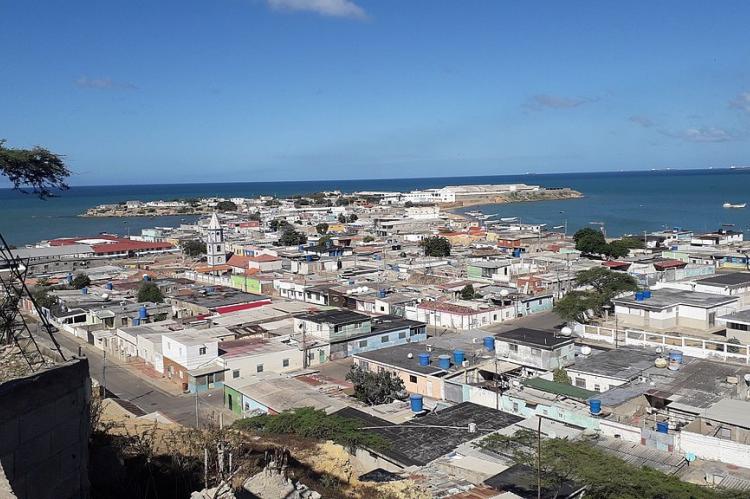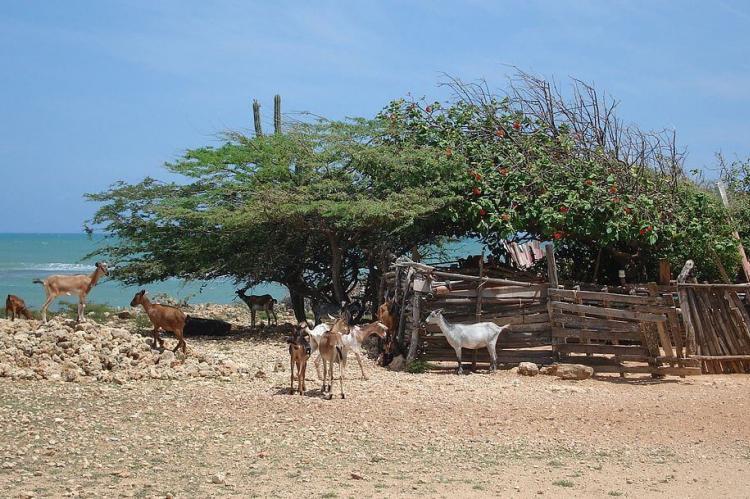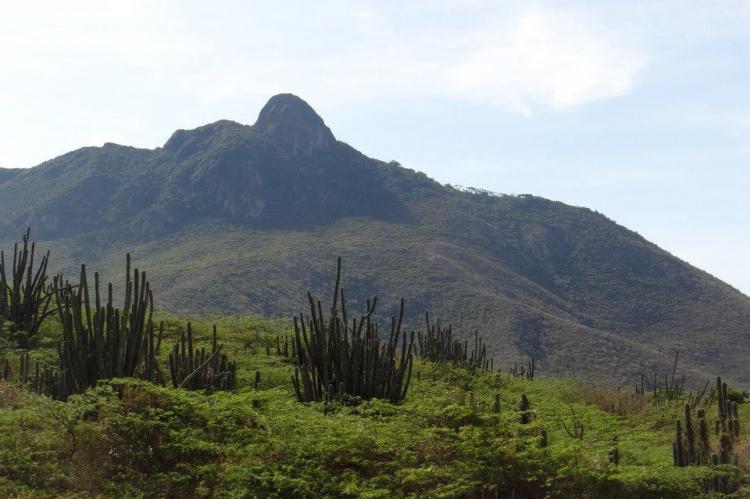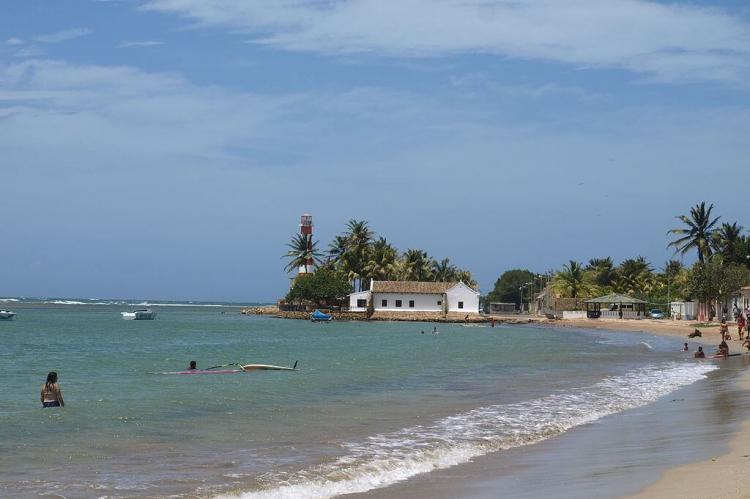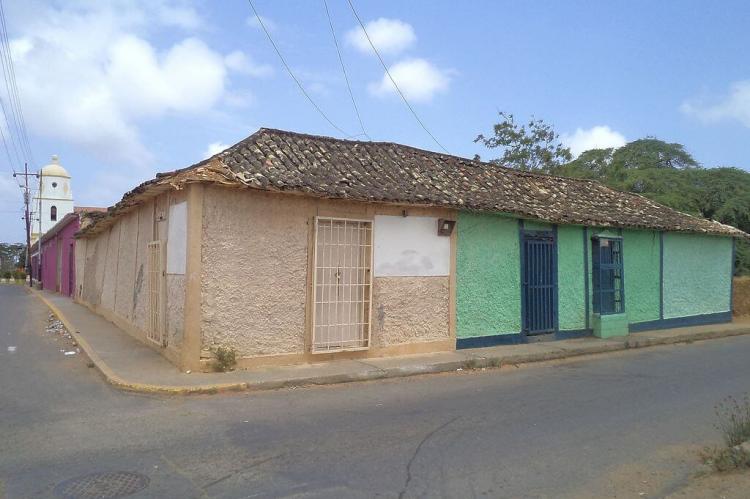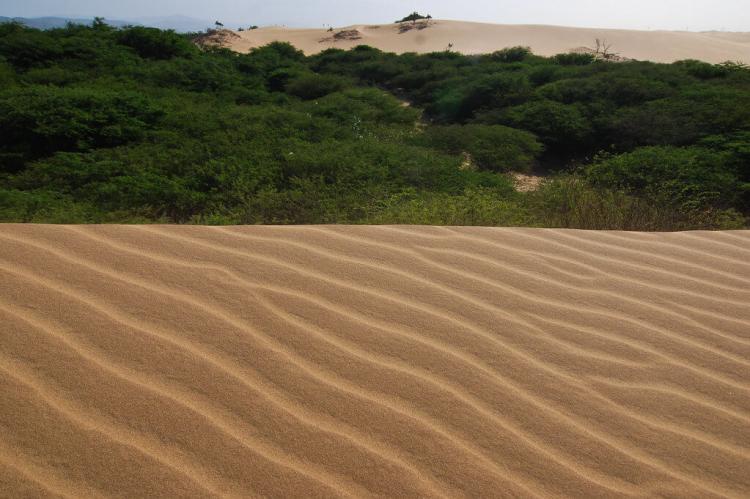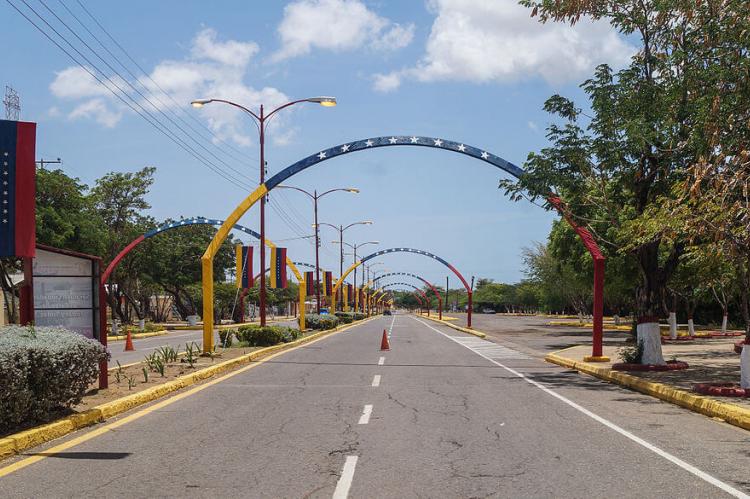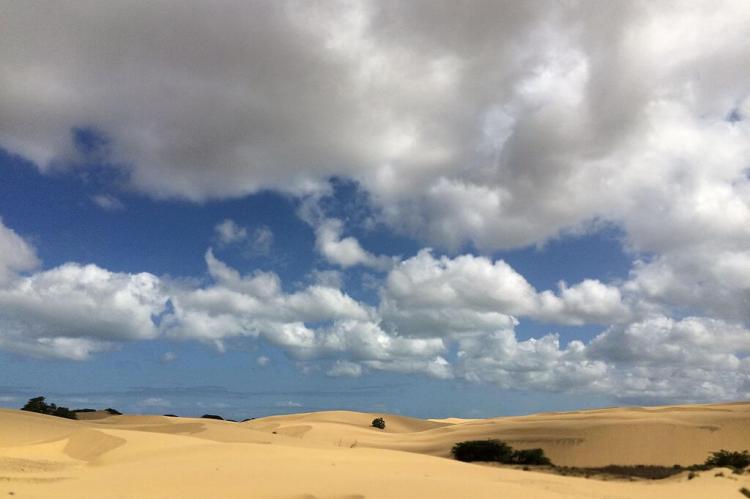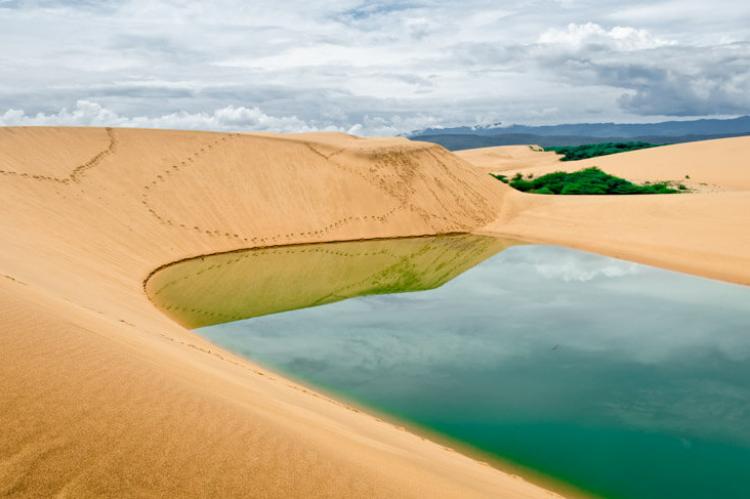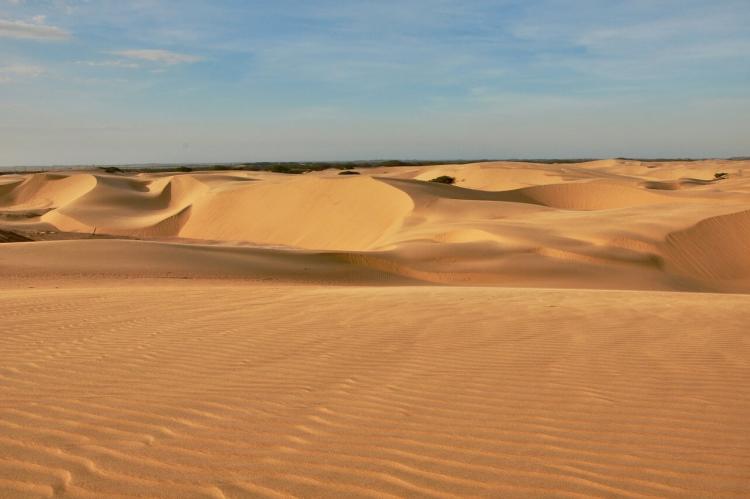Paraguaná Peninsula: Médanos de Coro National Park (Venezuela)
The Paraguaná Peninsula is between the Caribbean Sea and the Gulf of Venezuela in northwestern Venezuela. It is connected to the rest of the country by a natural isthmus. Médanos de Coro National Park, located along the Médanos Isthmus, is known for its massive dunes.
Paraguaná Peninsula
The Paraguaná Peninsula is situated between the Caribbean Sea and the Gulf of Venezuela in northwestern Venezuela. It is connected to the rest of the country by a natural isthmus.
Because it is almost surrounded by water, the peninsula is sometimes called an island that is part of the Leeward Antilles. It is the site of the Médanos de Coro National Park.
The largest peninsula in Venezuela, the Paraguaná, is approximately 60 km (40 mi) from north to south and has about 300 km (200 mi) of coastline. During colonial times it was a haven for pirates and smugglers.
The sparsely populated peninsula sits at a low elevation and has infertile soil. However, the development of the petroleum industry in the 20th century gave Paraguaná significant economic importance.
Pipelines lead from the oil fields at Lake Maracaibo to the large oil refineries on the peninsula's western side, where coastal indentations permit easy tanker access.
The city of Coro is located in the southern part of the Paraguaná Peninsula. The city lies between the mountain range of Sierra de San Luis and the Médanos de Coro National Park.
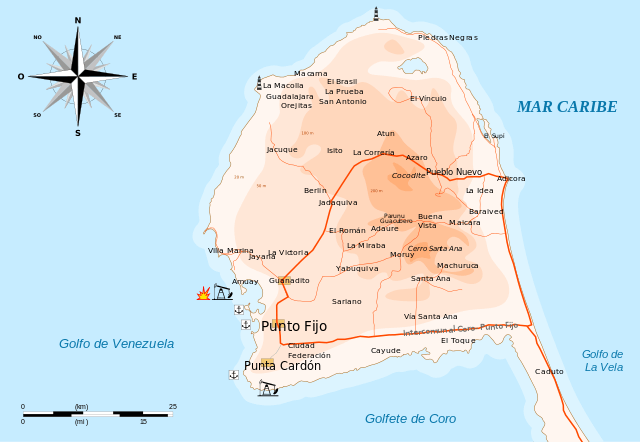
Map illustrating the Paraguaná Peninsula
Médanos Isthmus
The Médanos Isthmus is a sandy isthmus that connects the Paraguaná Peninsula with the northwestern coastal mainland of Venezuela. The isthmus is approximately 6 km (3.73 miles) wide and 27 km (16.78 miles) long.
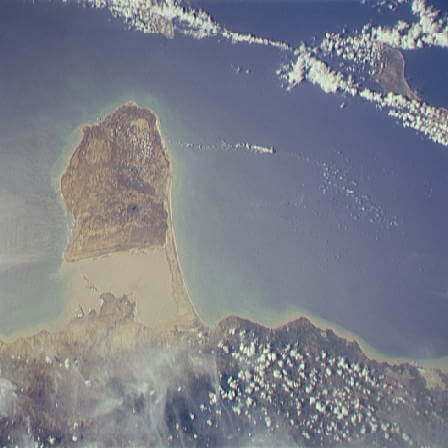
Satellite image of the Médanos Isthmus and the Paraguaná Peninsula via NASA
Médanos de Coro National Park
Médanos de Coro National Park is a Venezuelan protected area in the state of Falcón, near Coro and its Port, a UNESCO World Heritage Site.
The National Park occupies the sandy Médanos Isthmus, connecting mainland Venezuela to the Paraguaná Peninsula in the Caribbean Sea. Established in 1974, it covers an area of more than 90 sq km (35 sq mi).
The only extensive area of dunes in South America is found here. The massive dunes, known as Médanos, spread over an area of approximately 5 by 30 km (3.1 by 18.6 mi). They can reach 40 m (130 ft) in height and are constantly transformed by the unrelenting wind. Rainfall is rare.
Set along the Caribbean coast of northwestern Venezuela, the National Park is made up of three distinct ecozones:
-
an alluvial plain formed by the delta of the Mitare River and some smaller streams
-
an aeolian plain composed of three types of dunes
-
a coastal plain with a belt of mangrove swamps
Médanos de Coro National Park protects part of the Paraguana xeric scrub ecoregion. It covers 91 sq km (35 sq mi) of desert and coastal habitat, including salt marshes.
Flora consists of little more than thorny shrubs. The National Park is an Important Bird Area with some 21 species, including the Yellow-shouldered amazon (Amazona barbadensis), also known as the yellow-shouldered parrot. Other fauna, however, is scarce. The area is mainly home to lizards, rabbits, anteaters and foxes.
